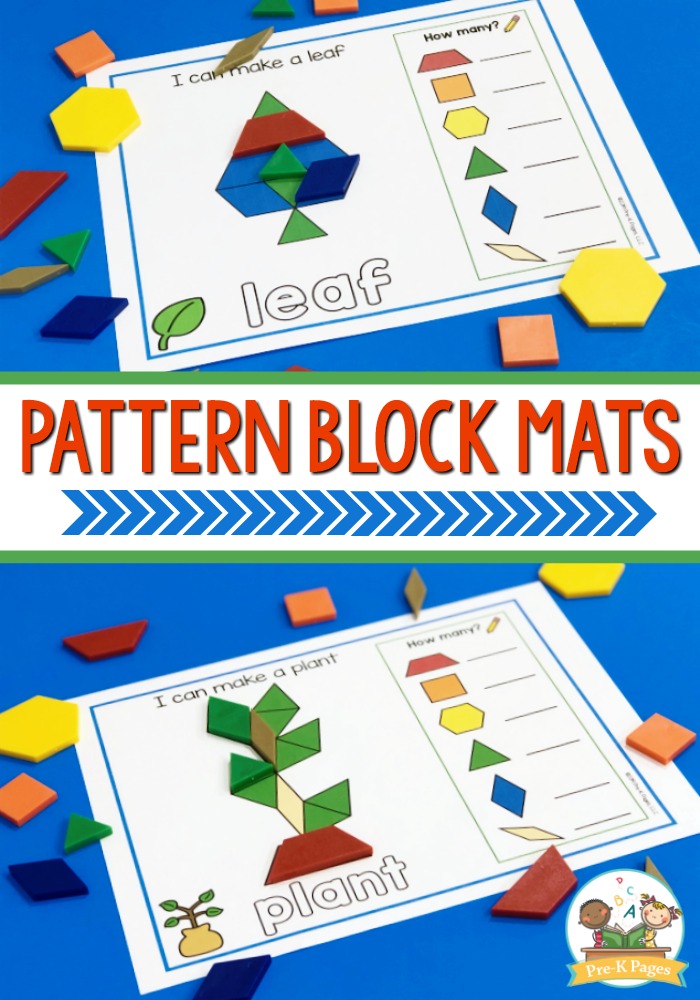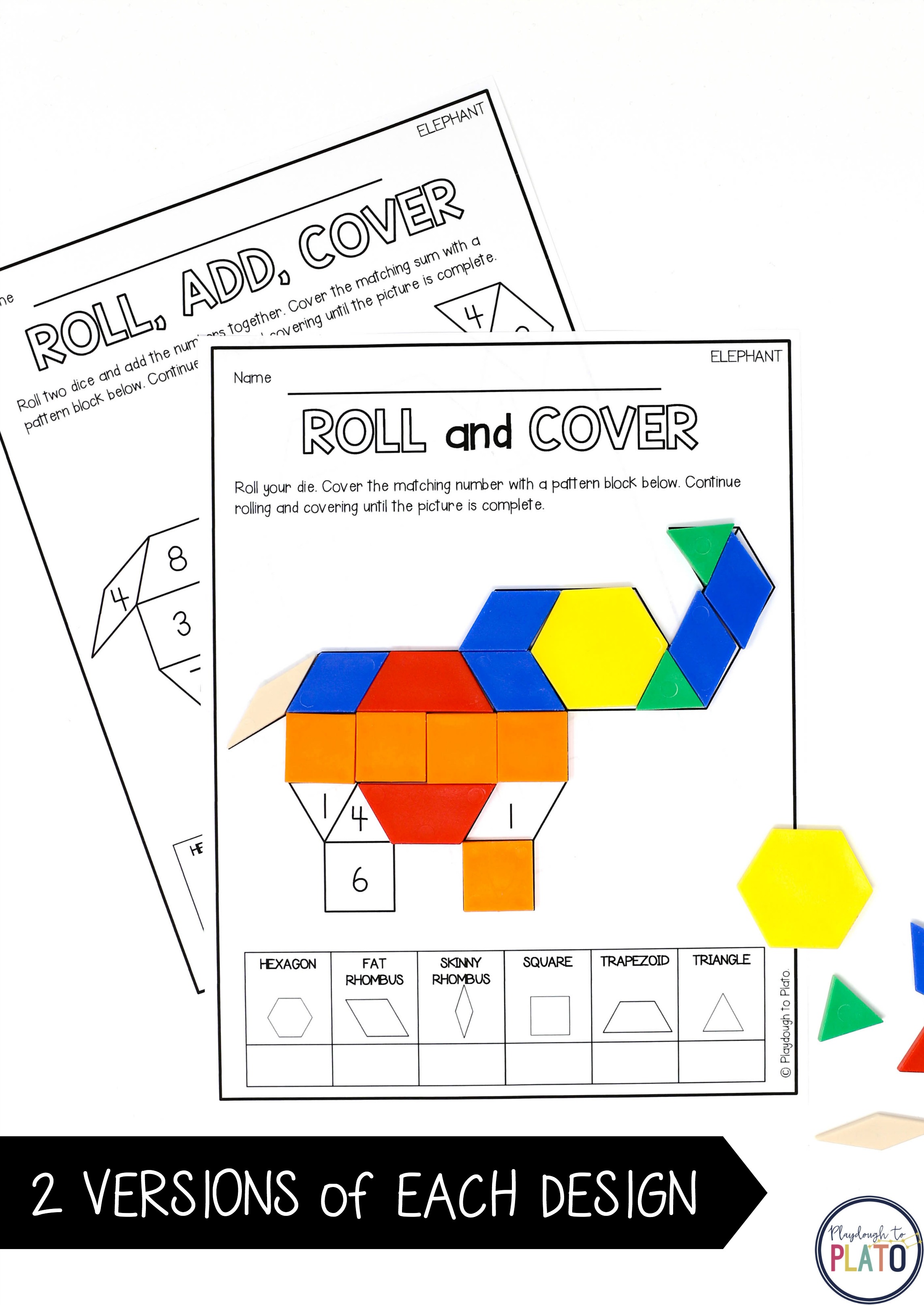


And believe me, there are others who can address this issue better than me.Īny of the books listed below will help you achieve good fit. Your body is likely very different.īut, since this is a site about the mechanics of making patterns and not specifically about fitting, I'm not going to address other fit issues here. The examples on this site reflect MY fitting issues and how I resolved them. A Beginner's Guide to Drafting a Pant Block.A Beginner's Guide to Drafting a Dress Block.Ready to start? Let's make a blouse block! Step-by-Step: Making and Fitting Your Block It's essentially your introduction to using your block and manipulating it to make a new pattern. Tops, you can use your block pattern to make a torso or blouse/top block. So, for convenience in making blouses and Personally, I seldom wear anything as fitted as the fitting dress Now the fun begins - you can design almost anything you want, and use the block pattern to create a sewing pattern for that style.īut first - there's one more block you might want to make. Congratulations! You Have a Block Pattern! It is much easier to trace the pattern and place the darts when they are cut out of the pattern block. I like to add the date (bodies change over time!), and sometimes other notes (such as "no seam allowance", just to remind me when I'm using the block!).įinally, cut out the pattern piece, cutting out the darts as well as along the stitch lines. After tracing the tissue pattern onto cardstock, transfer all markings - dart lines, grain lines, notches, dots for marking ease placement, etc.Īlso mark center front (CF) and center back (CB) on the bodice and skirt, and the shoulder point on the sleeve cap.įinally, write the name of the pieced (such as "Bodice Back"), and any other information you think you will need as you work with the pattern.


 0 kommentar(er)
0 kommentar(er)
